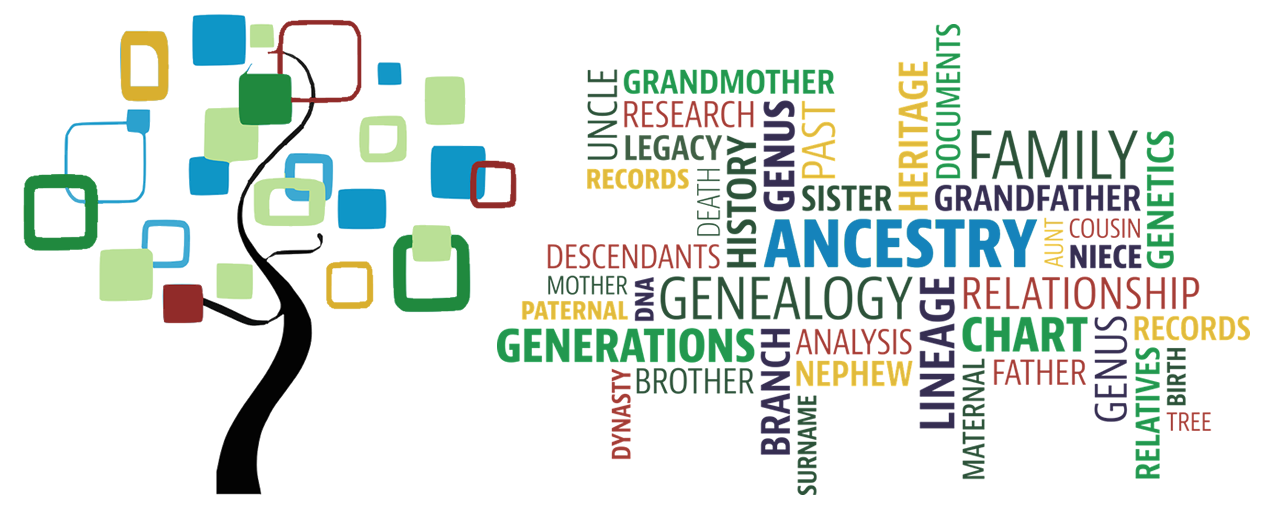Week 14, 2025: Language — A Journey Through Chicken Scratch and Quondams
When I first opened the San Vincenzo parish records from 1566, I couldn’t make heads or tails of them. It was like staring into a thicket of 16th-century chicken scratch written by a priest with a broken quill and a strong local dialect. I’d return to them occasionally, always hoping something would click—but more often than not, I left those sessions feeling more like a cryptographer than a genealogist.

And then one Easter Sunday during Covid lockdown in Italy, stuck at home and looking for something to dig into, I gave them another shot. I read. And read. And something shifted.
The squiggles began to form letters. The letters became names. The names became familiar.
From Frustration to Fluency
Over the next few days, I couldn’t stop. What once felt impenetrable started to unfold. I’d skipped the earliest pages before—too dense, too foreign. But now, those very pages began to reveal their secrets.
By 1569, I struck gold: a marriage record between Andrea, son of Sentino Zanrè, and Caterina, daughter of Zandomenico (Giovanni Domenico) Rolandi. Finally, a concrete thread tying me back to another generation of Zanrè—Andrea likely born around 1545, Sentino around 1520 (alas, we don’t have a concrete connection to him yet, but here’s hoping for a breakthrough soon!).
But these weren’t just Italian records—they were Italian-with-dialect, Latin-influenced, and occasionally something else entirely.
Dialect, Latin, and Linguistic Layer Cake
San Vincenzo’s 1500s records are written in Italian—but not always the Italian you’d learn in school. There are Northern dialect influences, local shorthand, and liberal sprinklings of Latin. One example? The Latin term “quondam” (meaning “the late”) crops up in records otherwise written in Italian. It’s a word I now treasure for how it helps sort out which Giovanni is your Giovanni—especially when three of them marry a Maria in the same decade.
And then there are names like Zandomenico—clearly Giovanni Domenico in local dialect. Or surnames that appear as Roladi (Rolandi), Macino (Mancino), or Zadomenico (Zandomenico), which upon closer inspection reveal a telltale squiggle—our burghësan dialect’s shorthand for a nasal “n”. What I thought were oddly placed loops turned out to be key phonetic markers.

It’s this very nasalization—the zan in Zanrè—that made some family members think the name might be French. It turns out, it’s just good old local dialect doing its thing.
Four (Wait – FIVE) Languages, One Tree
This journey hasn’t only deepened my connection to Italian. Along the way, I’ve had to dip into Latin, navigate handwritten German Fraktur and Sütterlin in old German records, and most recently, decode early French civil records from the Napoleonic era here in Borgotaro. I frequently had to copy and paste individual letters or words from a document into a “cheat sheet” of how a particular priest/scribe/clerk wrote various letters. I also found some great examples online.

My ex is German, which means that I have to dive into German records. In some eras, I’ve come across a Carl from Cöln, only to realize he later appears as Karl from Köln. I’ve ended up tracing families from what is now Poland all the way to Saarland, near Germany’s western border.
Fortunately, my fluency in German and my on-the-ground education in Italian gave me a solid linguistic foundation. Understanding German’s genitive case and three noun genders, combined with a growing Italian vocabulary, dramatically accelerated my Latin comprehension. For example, these crossovers into Latin (which I’ve never studied before) have helped me recognize that Zanretis isn’t some mysterious surname variant—it is just the possessive form of Zanrè. A simple grammar detail, but one that changes everything when you’re trying to place someone in a record!
While I’m fluent in German, only semi-fluent (and sometimes creatively expressive) in Italian, and can still bluff my way through tourist-level French, I’ve become functionally literate in all of them—at least for genealogy.
And of course, one of the most rewarding parts of this journey has been discovering relatives we never knew we had—like the branch of my husband’s family that emigrated from Italy to Brazil. Thanks to the records I’ve shared on WikiTree, FamilySearch, Ancestry, MyHeritage, and even my own blog, I’ve been welcomed into their family WhatsApp group, where we’ve been piecing together their roots in Borgotaro, mostly in Portuguese! It’s a reminder that genealogy isn’t just about documents and data—it’s about connection, and sometimes, those connections span oceans, languages, and centuries to find you right when you’re ready.
And by the way, I have many more stories of the connections we’ve made with English speaking family from all around the globe – some of those stories deserve more attention, so I’ll talk about them at another time!
Language, as it turns out, is the beating heart of every old record.
Whether the priest was a scholar, a scribbler, or just short on ink that day, each document carries its own voice—and the more I study, the more I begin to hear that voice, even through centuries-old script.
Over time, I’ve learned not just to read those voices but to listen across languages and borders. And thankfully, I haven’t had to do it alone. Communities like Facebook Groups and Reddit subreddits have been invaluable—whether I needed help translating a tricky phrase, unraveling a local custom, or figuring out why a record from Emilia-Romagna was suddenly in perfect French.
Yes, you read that right: French. Who knew my high school French would come in handy for understanding Italian civil records from the early 1800s?
The good news? You don’t need to become fluent in Latin, Italian, German, or French to navigate old records. With tools like the FamilySearch Wiki and the incredible generosity of online communities, you can get by surprisingly well.
Even if all you have is Google Translate or a message typed in English, there are so many people out there—especially in genealogy forums—who are thrilled to help. Not every document needs a word-by-word translation. Often, a clear interpretation or summary of the key details is even more useful (and a lot less confusing).
So don’t hesitate. Reach out. Ask the question. Share the record. You might be amazed at who shows up to help—and how much you learn along the way.
See you next week!


Comments
Week 14, 2025: Language — A Journey Through Chicken Scratch and Quondams — No Comments
HTML tags allowed in your comment: <a href="" title=""> <abbr title=""> <acronym title=""> <b> <blockquote cite=""> <cite> <code> <del datetime=""> <em> <i> <q cite=""> <s> <strike> <strong>